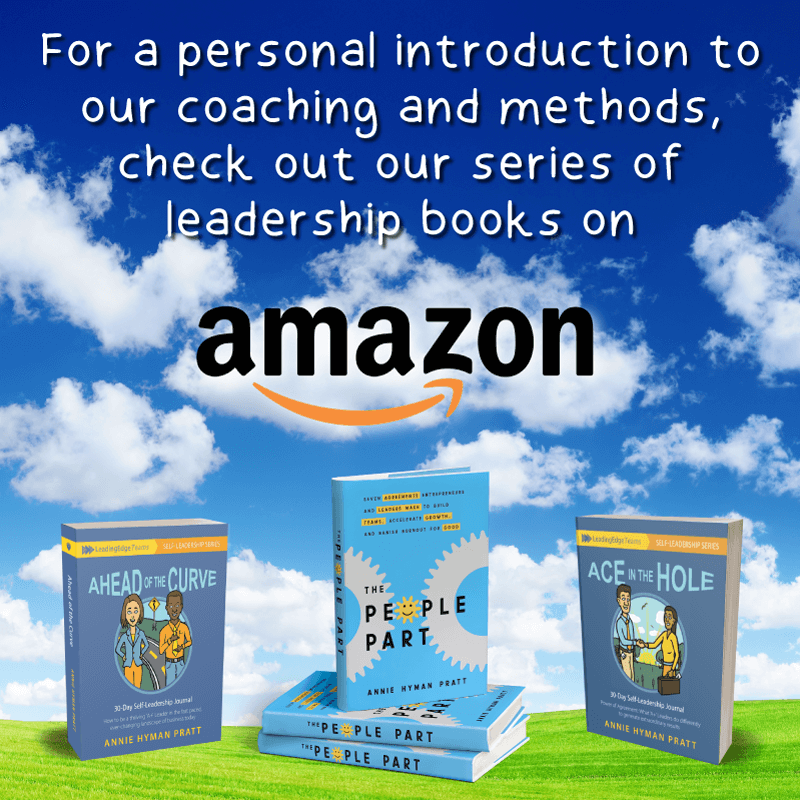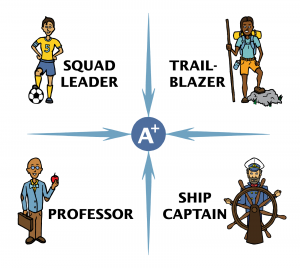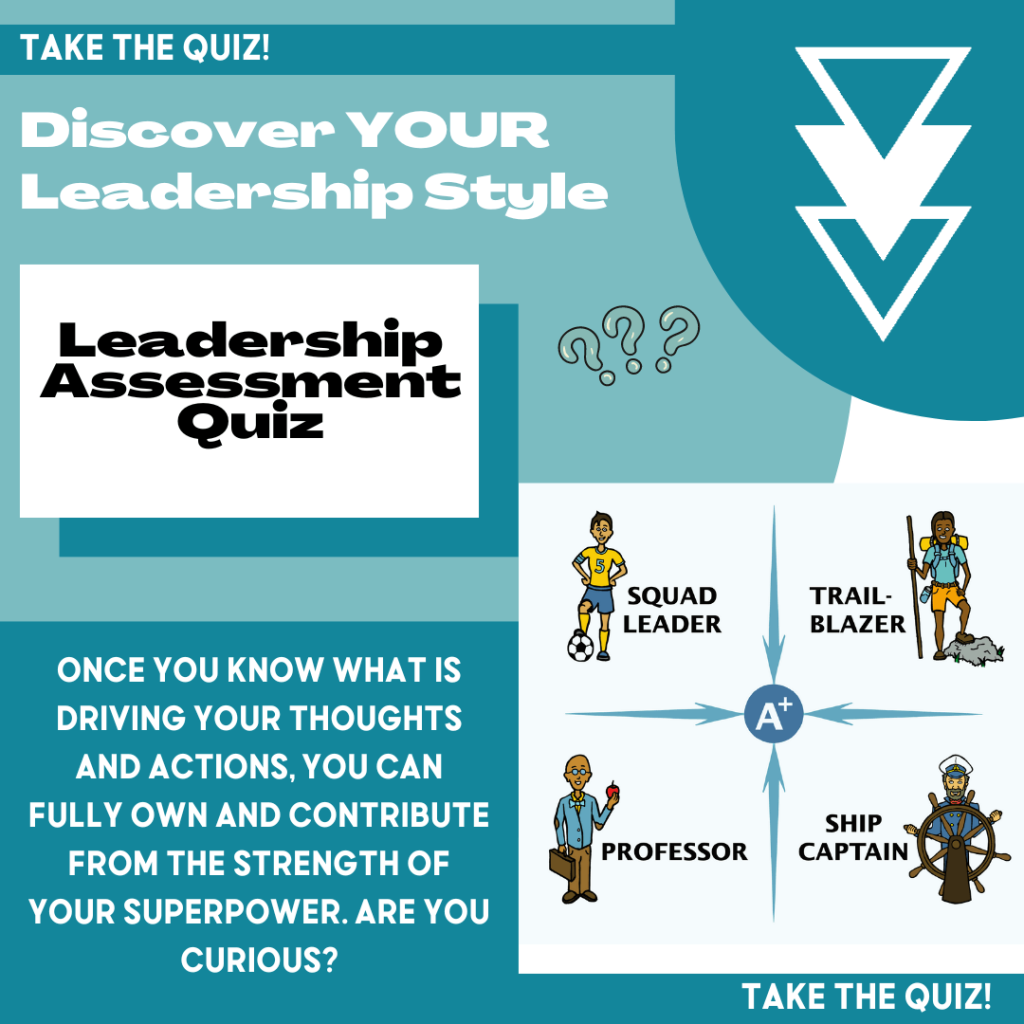Business competition requires team collaboration! The key to collaboration on your team is to talk with each other, not at each other! It’s a choice that takes practice and skill. And It’s essential to bring accumulated knowledge and experienced people together, to not only set goals, but to get them done.
Communication skills are crucial, especially since people say and hear words very differently. It’s well worth your time to build communication skills, whatever your position in the company.
However, if you are an entrepreneurial CEO, know that modeling communication skills starts with you! As an executive leader, being highly decisive is a terrific attribute, yet be aware that presenting ideas to your team from a tone of authority and total decisiveness is perceived as non-negotiable and demanding. This closes the door to weighing information and outcomes, and listening to the diverse ideas that a capable team has to offer. If you are too quick to decide all on your own, it stifles collaboration and creative ideas from team members, and says, “I don’t have confidence in you or your ideas about this.”
Simultaneously, when CEOs communicate as if it’s a “done deal,” it causes people to default into self-protective behaviors; they avoid, criticize or overcompensate. Or they blame, resist, stay silent and feel frustrated. Team members in such an environment feel undervalued and overlooked, and the business suffers.
Talking Tentatively
The great news is that learning to talk tentatively is a key behavior that changes everything. This skill emphasizes conveying your thoughts, positions and opinions, along with relevant context, while at the same time implying that you’re open to input and change.
For high-performance teams, increasing communication skills are a “must” to put your all-important business goals into effective action. This parallels your leadership focus on business impact and always striving to show up in your secure self (avoiding emotionally reactive behaviors in communication).

The following communication skills foster open communication and collaborative environments: speaking tentatively and soliciting opinion; and active listening.
Communication Skills
These skills work best when they become a consistent habit. Teams come to expect this from you, and trust that they will have the opportunity to contribute and be heard. Over the years, I have trained myself to always ask, “What do you think?” This goes hand-in-hand with talking tentatively. It demonstrates that ideas aren’t presented as an absolute, a directive or a demand, but rather, “I’m thinking this…what do you think?”
A tentative tone lets the team know that you are open to their input. You’re curious what they think, and appreciate their perspective. It’s not a done deal!
When you approach situations this way you create opportunity and space for others to ask questions and bring forth challenges they perceive. With all opinions out on the table and addressed together, the resulting agreement has the greatest chance for success. It also demonstrates confidence and appreciation for your team’s expertise.
The benefits of the practice of tentative talking and soliciting ideas assures that you test ideas, theories and alternative solutions—without attachment—which naturally supports a highly collaborative culture.
Examples of tentative language that further team communication:
“I’m thinking …what do you think?”
“Given these facts, I’m considering this (plan, solution, etc.)….”
“I’ve considered (context), which is why I’m intending to….”
“The story I’ve told myself about this situation is….”
“The meaning I’ve made of this information is….”
“I’m not certain of this, but here’s how I see it…”
The Importance of Active Listening
Active listening is a skill and the third component in collaborative communication. It invites people to share alternative ideas after you share yours. You come together as you talk; this leads to agreeing on the bigger picture and needed results.
Listening is being willing to change your mind, as you acknowledge, “I don’t know what I don’t know.” It encourages becoming curious and expanding ideas. It helps you focus on being present, to hear and understand, especially if it’s different from what you originally thought. Be open: “I wonder how they came to that conclusion? Let me lean into this. What am I not seeing? What are they not seeing? How does this affect our business?
As you progress, talk tentatively, as you come toward a unified agreement. At the same time, be confident and secure in your own position, and know it’s okay and valuable if something bigger and better comes forth from others. This is functioning in servant leadership and your secure self. Be clear how it feels for you to be there. It feels good to you and to the team!
Tentative talking and true listening, include being present and using discernment, to see beyond what you currently see, and this is the bigger picture of team collaboration and the all-important people part.
Listening to consciously hear what is being said is always important, and especially true during conflict resolution or high stakes decision-making. When creating change with another person, it’s imperative to listen, not so that you can reply, but listen so that you fully understand their perspective.
As hard as it is, don’t interrupt, but rather give them adequate space to express themselves; even ask them to slow down if they’re talking too fast. It can be very helpful to paraphrase what they’ve just said to provide a clear signal that you’ve heard them, and that you clearly understand what they said. For example, “Here’s what I thought you said, did I get that right?” And empathize when you can; example: “That makes sense to me.” Then perception-check by asking questions that confirm you understand what he/she said. Give time and space for sharing.
If you meet resistance, re-share positive intentions for the situation and focus on what can be done differently and how you can contribute to the solution. Then focus and build upon the parts you do agree on. Offer support, and at the same time be sure to offer only that which you can actually provide.
And always remember to practice the all-important “pause” during tense and weighty communications, to keep your emotionally reactive emotions in check. This allows time and space to gain clarity, and for critical thinking to kick in. It influences the words you choose and how you say them. “The pause” opens the door to reliable critical thinking to take place about the decisions you make and the actions you take.
This is sure to ramp up communication and collaboration!
Contact us anytime, when you feel the need for further information and guidance.
This is leadership!
– Annie










